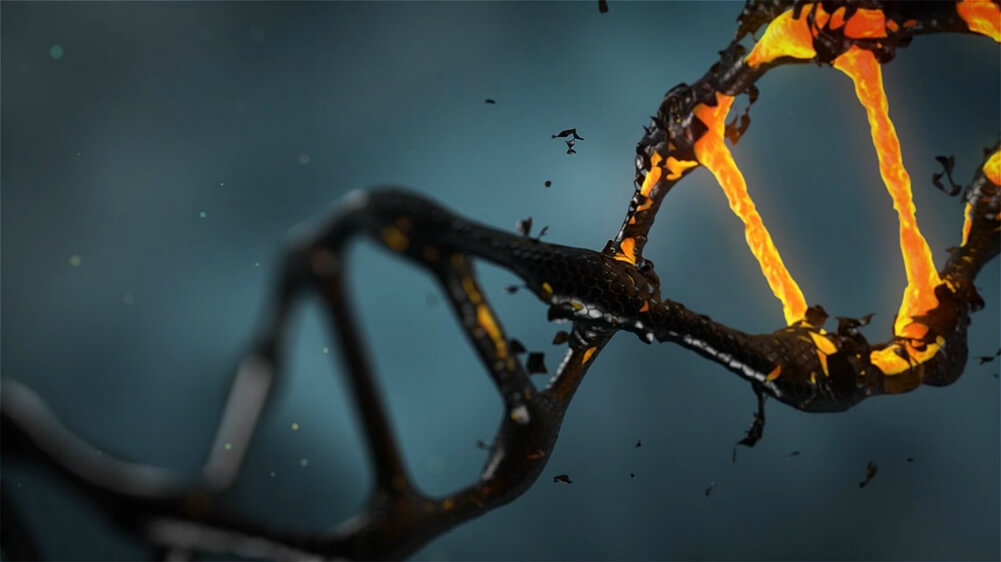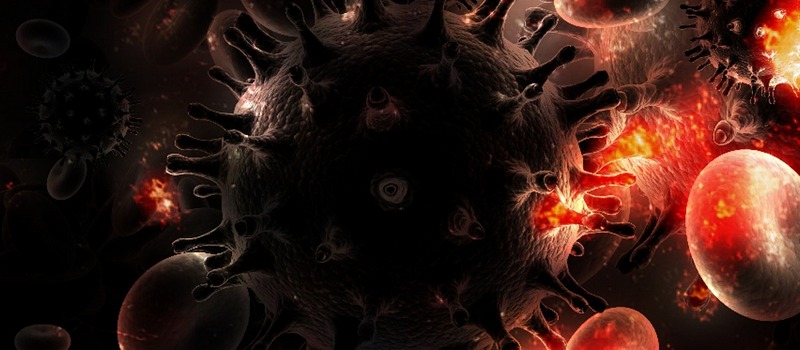Researchers have reached a new milestone in CRISPR technology by building an enzyme that can directly transform a DNA base pair from an A-T to a G-C. It will allow for more precise edits than ever before, opening doors for “DNA surgeries” and correction of mutations that cause human diseases.
In recent years, CRISPR-Cas9 has been legitimately promoted as one of the most important scientific developments, thanks to its capacity to make edits to the human genome. While CRISPR-Cas9 works like scissors for cutting both strands of DNA and relying on the cell’s own repair machinery to fill in the gap with the desired DNA sequence, base editors act like sharp pencils. This more precise version of the tool has been developed by a team of scientists from the Massachusetts Institute of Technology (MIT) and Harvard.
“Standard genome-editing methods, including the use of CRISPR-Cas9, make double-stranded breaks in DNA, which is especially useful when the goal is to insert or delete DNA bases,” said David Liu, who led the research, speaking to the MIT Technology Review. “But when the goal is to simply fix a point mutation, base editing offers a more efficient and cleaner solution.”
A newly created DNA base editor technique allows individual chemical bases (A, C, G, T) to be modified without causing a break in the DNA’s structure. Occasionally, only one base pair in the length of a DNA is mutated, called a point mutation (or SNP), and it accounts for 32,000 of the 50,000 changes in the human genome that have been associated with diseases. A study published in Nature looked at the effects of changing an A base into a G, which could help with nearly half of the mentioned 32,000 single point mutations.
The first step of the process involved creating an enzyme that can convert adenine to the molecule inosine, which cells treat as guanine. It was performed by the postdoctoral researcher Nicole Gaudelli. She started with an enzyme called TadA that is able to convert A to the inosine, but only in transfer RNA (tRNA) rather than in DNA. Bacterial cells with TadA mutants were required to convert A to inosine in antibiotic resistance genes in order to survive in the presence of antibiotics.
Surviving bacteria encoded TadA mutations that imparted the ability to perform the adenine to inosine conversion in DNA. This way she obtained the required enzyme and attached it to the enzyme Cas9 nickase, which snips opposing strands in DNA and tricks the cell into swapping the complementary bases.
The new system is a “really exciting addition to the genome engineering toolbox,” said Feng Zhang, an HHMI-Simons Faculty Scholar and molecular biologist at the Broad Institute of MIT and Harvard. “It’s a great example of how we can harness natural enzymes and processes to accelerate scientific research.”
The enzyme subtype ABE7.10 can turn A-T into G-C in both human and bacterial genomes. The enzyme operates with more than 50 percent efficiency and has a low rate of producing undesired mutations. In two different experiments, ABE7.10 reversed a G-to-A mutation associated with a genetic iron-storage disease, known as hemochromatosis, and added a mutation that restored the function of a hemoglobin gene in human cells.
The results are just a small step forward. “We are hard at work trying to translate base editing technology into human therapeutics,” Liu said for HHMI, but many barriers remain. Questions about safety, efficiency, and base editor delivery methods still need to be answered. “Having a machine that can make the change you want to make is only the start,” Liu says. “You still need to do all this other work, but having the machine really helps.”
The research group´s next goal is to investigate how base editing might be used to fix blood disorders, neurological disorders, hereditary deafness, and hereditary blindness.
Learn more about recent CRISPR embryo editing study in the video below:
By Andreja Gregoric, MSc











